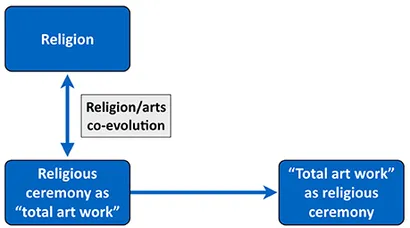Your brain is incredible at pattern recognitionBut this superpower has a dark side:Once you see a pattern, it becomes incredibly hard to "unsee" it.You become trapped in your own mental models.
for - adjacency - learning - unlearning - ritual - language - BEing journey - question - Could we apply ritual to unlearn language? - quote - Your brain is incredible at pattern recognition. But this superpower has a dark side: - Once you see a pattern, it becomes incredibly hard to "unsee" it. - You become trapped in your own mental models - John Vervaeke
adjacency - learning - unlearning - ritual - language - BEing journey - Could we apply ritual to break the pattern of language? This could be an interesting BEing journey!
